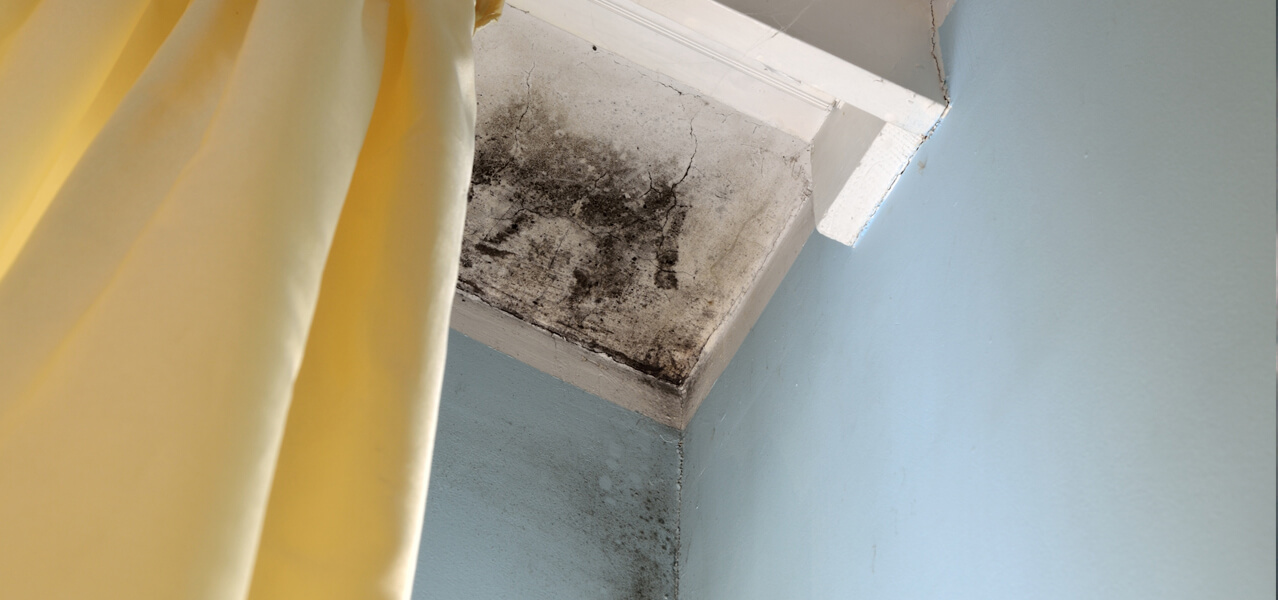How to: Mold Clean up
Spring is a welcome change from the cold months of winter. Spring showers bring forth flowers and green trees. The wet rain and heavy humidity can also encourage the growth of mold and other fungus. Mold has gotten a lot of press over the years and as a home inspector it is something that we get asked about frequently. In this post we will talk about how to clean mold.
The first step: Determine what is the cause of the moist conditions? Mold growth usually requires at least two things, moisture and a source of organic material. Temperature also has an effect on mold growth, but we must first deal with moisture. Once the source of the moisture has been determined it is important to try to reduce or eliminate high levels that will encourage the growth of mold.
Step two: Assemble needed items- Most mold clean up can be accomplished with a general household cleaner (that does not contain Ammonia) . When the cause of moisture is from a grey water or waste water leak it will be necessary to clean with a bleach solution to reduce mold and bacteria growth. Other items you will need are Disposable towel, rubber gloves, spray bottles, a breathing respirator with HEPA cartridge, a commercial grade HEPA-vacuum and a dehumidifier.
Step Three: Prepare the room- It is a good idea to try to seal off the room to be treated from the rest of the house. This may involve covering doorways and HVAC ducts/registers. Try to restrict spores to one room. The use of a dehumidifier prior to, during and after the cleaning process will help to reduce moisture and prevent mold growth from returning.
Step four: Cleaning- Use solutions in spray bottles to thoroughly clean in affected areas. If the location is suspected of also having a bacterial contamination, than use a bleach solution (1 cup per gallon of water). Never mix cleaning agent and bleach, the combining of ammonia and bleach can result in a toxic gas that can cause serious injury. When using a bleach solution allow it to set for 15 minutes to 2 hours. Be sure to change towels frequently and dispose of used towel in sealable garbage bags. Rinse with warm water and wipe down with a clean towel.
Step five: Once surfaces are dry use a HEPA vacuum to remove dead mold and spores. Individuals that are allergic to mold can still have negative reactions to dead material. Dispose contaminated solutions and cleaning material properly in sealed bags.
Reducing moisture and properly cleaning affected areas can go a long way in combating an outbreak of mold. It is very important to pay attention to areas that collect moisture or where leak have occurred. Preventing a condition that is conducive to mold growth is always the first step in the prevention of a potential situation.
For more information go to: http://www.dhs.wisconsin.gov/eh/mold/clean.htm

